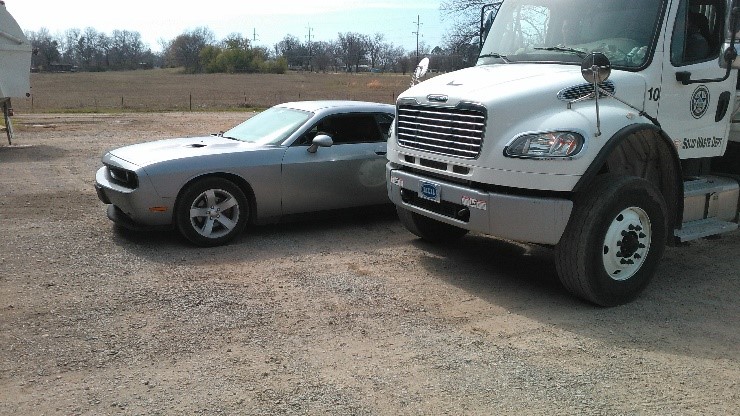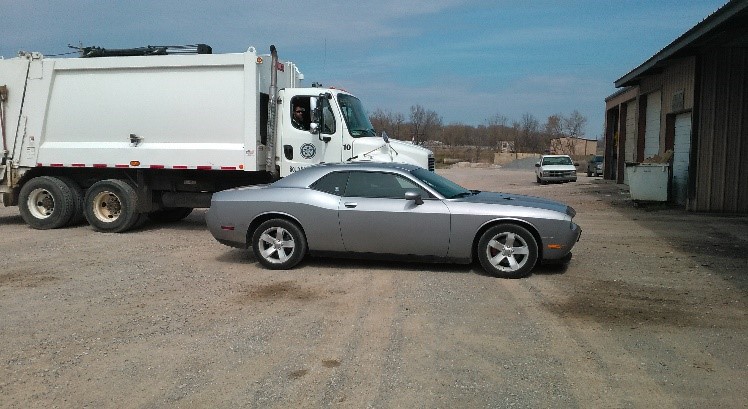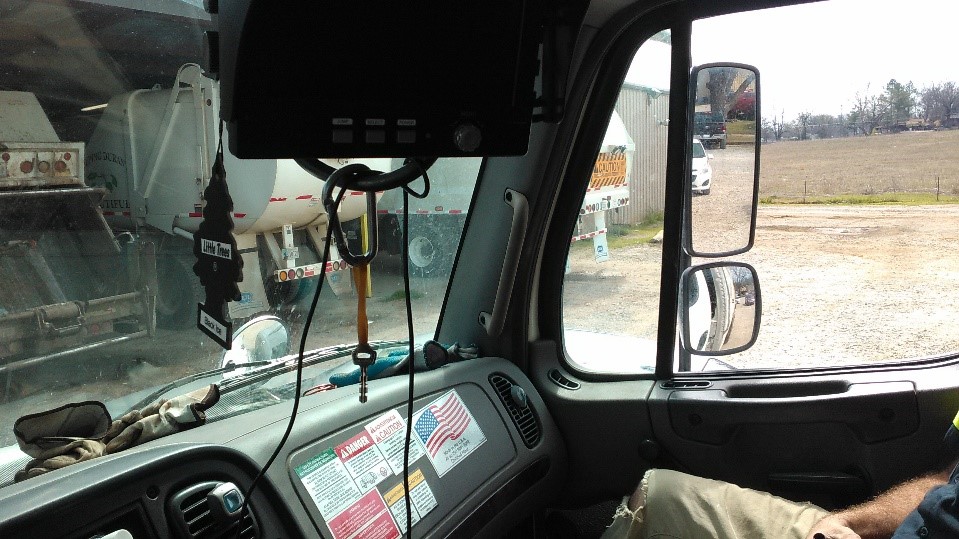National statistics indicate that backing collisions account for about one-quarter of all collisions. OMAG’s claims records support this fact in regard to our members’ claims. The growing number of rear-vision camera systems should decrease the occurrence of these collisions in the future but do not rely only on your camera system. Utilizing “old school” methods along with a rear-vision camera will increase your hazard awareness. Backing will always carry its own set of risks. The following is a list of tips aimed at preventing backing collisions:
Get to know a vehicle’s blind spots. Mirrors can never give the whole picture when backing.
Think in advance. Don’t put yourself in unnecessary backing situations.
Park defensively. Choose easy-exit parking spaces that don’t crowd neighboring vehicles. Park in the center of your parking space.
Take extra precautionary measures when parking in an alley. Remember to think ahead. If the alley doesn’t permit driving all the way through, back into the alley space. That way you can drive forward to pull into the street.
Perform a walk-around. Walking around your vehicle gives you a first-hand view of the backing area and will alert you to limitations or hazards. Watch for children, muddy areas, poles, pipes, or other obstacles you could hit.
Know the clearances. When performing a walk-around check for obstructions, low hanging trees, wires, or canopies.
Every backing situation is new and different. You may back out of the same spot day after day, but don’t allow yourself to get complacent and relax. Be watchful every time for changes and new obstacles.
Use a spotter. Don’t be afraid to ask for someone’s help when backing. Use hand signals you’ve both agreed on. Don’t have the spotter walking backwards or standing directly behind your vehicle while giving you instructions.
Don’t delay after doing your walk-around. Get back in your vehicle and start backing within a few seconds. This will allow very little time for people or new obstacles to change behind your vehicle.
Ensure your mirrors are clean and properly adjusted to give you the widest possible view.
Tap the horn twice prior to backing to alert others in the area.
Crack your driver’s window so you can hear any warnings, such as a car horn. Stop immediately if you hear a warning.
Keep your backing distance to a minimum and go slow while covering your brake.
If you are unsure of the clearance around and above your vehicle, get out and look. Check behind, both sides, and above your vehicle before proceeding.
Being proactive and careful while backing can save lives, property damage, and time for all in the long run.







